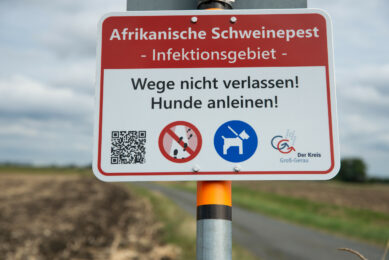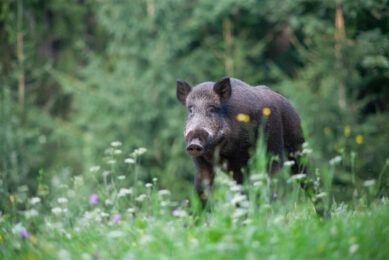Between a rock and a hard place – difficult one for the EFSA
Presumably, it is the responsibility of the European Food Safety Agency (EFSA) to reduce the incidence of Campylobacter and Salmonella food poisoning in man across Europe. Just when it approves of the use of certain antimicrobial substances (sounds more like disinfectants to me) for treating poultry carcasses, which tend to carry these infectious agents, a storm has arisen that it will let in US poultry meat. Who would be a politician?
Presumably, it is the responsibility of the European Food Safety Agency (EFSA) to reduce the incidence of Campylobacter and Salmonella food poisoning in man across Europe. Just when it approves of the use of certain antimicrobial substances (sounds more like disinfectants to me) for treating poultry carcasses, which tend to carry these infectious agents, a storm has arisen that it will let in US poultry meat. Who would be a politician?
I have watched the strenuous efforts of the EFSA to try to control particularly Salmonella infections on a farm to fork basis with interest. In spite of the difficulties of trying to do this at a farm level for either herd or flock, it was considered the fairest approach and not to really blame anybody for the problem.
Danish spray system
The Danes have shown that at the pig level, processing of the carcass at slaughter can actually increase Salmonella contamination so a hot water spray system has been introduced. They have identified the use of a critical control point.
In the poultry industry, carcass contamination has been a major problem not only for Salmonella but especially for Campylobacter particularly C. jejuni, which is the commonest food poisoning bacterium in the EU.
In the UK alone there are 50,000 incidents of Campylobacter cases in man each year and over 90% are C. jejuni. Vaccines and improved hygiene have made a major impact on Salmonella contamination in poultry products, yet S. Enteritidis (from poultry) usually accounts for 60-70% of human Salmonella cases.
Golden opportunity
What a golden opportunity, to approve some products, which could reduce the carcass contamination of chickens and thereby potentially slash the incidence of food poisoning in man, at a single stroke.
The chemical substances involved are chlorine dioxide, acidified sodium chlorite, trisodium phosphate and peroxyacids. What caught my eye was the use of the description ‘antimicrobial substances’ these they definitely are, but usually it is a term we use for ‘medicines’, so when they started talking that the use of these substances will not lead to increased bacterial tolerance/resistance, I was surprised.
The mode of action of these substances is pretty basic – almost like ‘disinfectants’ – so I would have thought that it was unlikely.
Storm
Then the storm broke from the poultry industry (Copa – Cogeca), if we permit these substances, it will allow American imports of poultry into Europe. Dear old ‘fortress Europe’ is at it again. The use of these products in the US has kept their poultry products out for the last 11 years. Beef is kept out because of the use of hormones, pig meat because they use growth promoters and partitioning agents.
It will be a tough decision for the politicians – permit the use of these products – or pay lip service to international trade as usual and continue to let everyone have food poisoning.











